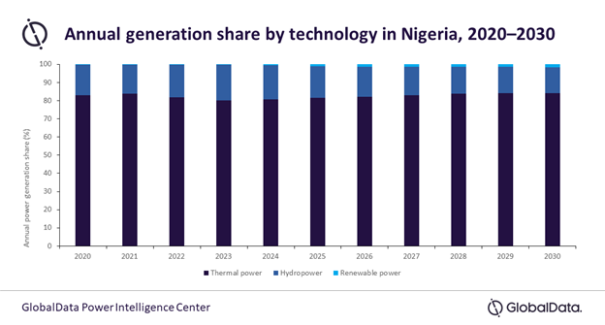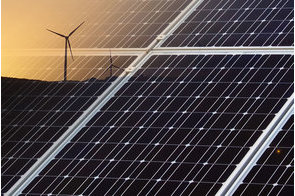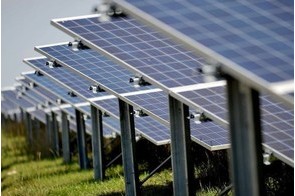Latest News
Gas-fired thermal generation continues to dominate Nigeria’s power

News Highlight
Nigeria should diversify its generation mix by increasing the share of renewables -- Rohit Ravetkar, Power Analyst at GlobalData.
Thermal power will continue to make up the majority of Nigeria’s power mix in the next decade, rising from an 82.9 percent share in 2020 to 84.1 percent by 2030, according to GlobalData, a leading data and analytics company. The report notes that the country’s reliance on thermal power has meant renewable energy has taken a backseat, holding a meagre 0.2 percent in 2020 that is only expected to rise to 1.5 percent by 2030.
“The country has the ninth largest natural gas reserve in the world, and the largest in Africa. This has resulted in what started as a growing preference for gas-based generation but has quickly turned into reliance,” said Rohit Ravetkar, Power Analyst at GlobalData.
He said that high dependence on a single source for power generation can endanger the supply security of the country, and Nigeria should diversify its generation mix by increasing the share of renewables.
According to GlobalData’s latest report on Nigeria, ‘Nigeria Power Market Outlook to 2030, Update 2021 – Market Trends, Regulations, and Competitive Landscape’, thermal power capacity stood at 13.35 gigawatts (GW) in 2020 and is expected to rise to 20.15GW by 2030. Meanwhile, thermal generation will rise from 33.9 terawatt hours (TWh) in 2020 to 42.5TWh in 2030. On the other hand, renewable capacity will rise from 65 MW in 2020 to 742 MW in 2030, while generation will rise from 79 GWh in 2020 to 776 GWh in 2030.
Within Nigeria’s thermal power in 2020, 97.6% is attributable to gas-fired generation, while oil and coal-fired represent 2.2% and 0.2% respectively.
Related News
Latest Blogs
- The Museum of West African Art saga
- The complexity and complication of Nigeria’s insecurity
- Between bold is wise and wise is bold
- Prospects of port community system in Nigeria’s maritime sector
- Constitutionalism must anchor discipline in Nigerian Armed Forces
Most Popular News
- NDIC pledges support towards financial system stability
- Artificial intelligence can help to reduce youth unemployment in Africa – ...
- Africa needs €240 billion in factoring volumes for SME-led transformation
- ChatGPT is now the most-downloaded app – report
- Green economy to surpass $7 trillion in annual value by 2030 – WEF
- CBN licences 82 bureaux de change under revised guidelines





